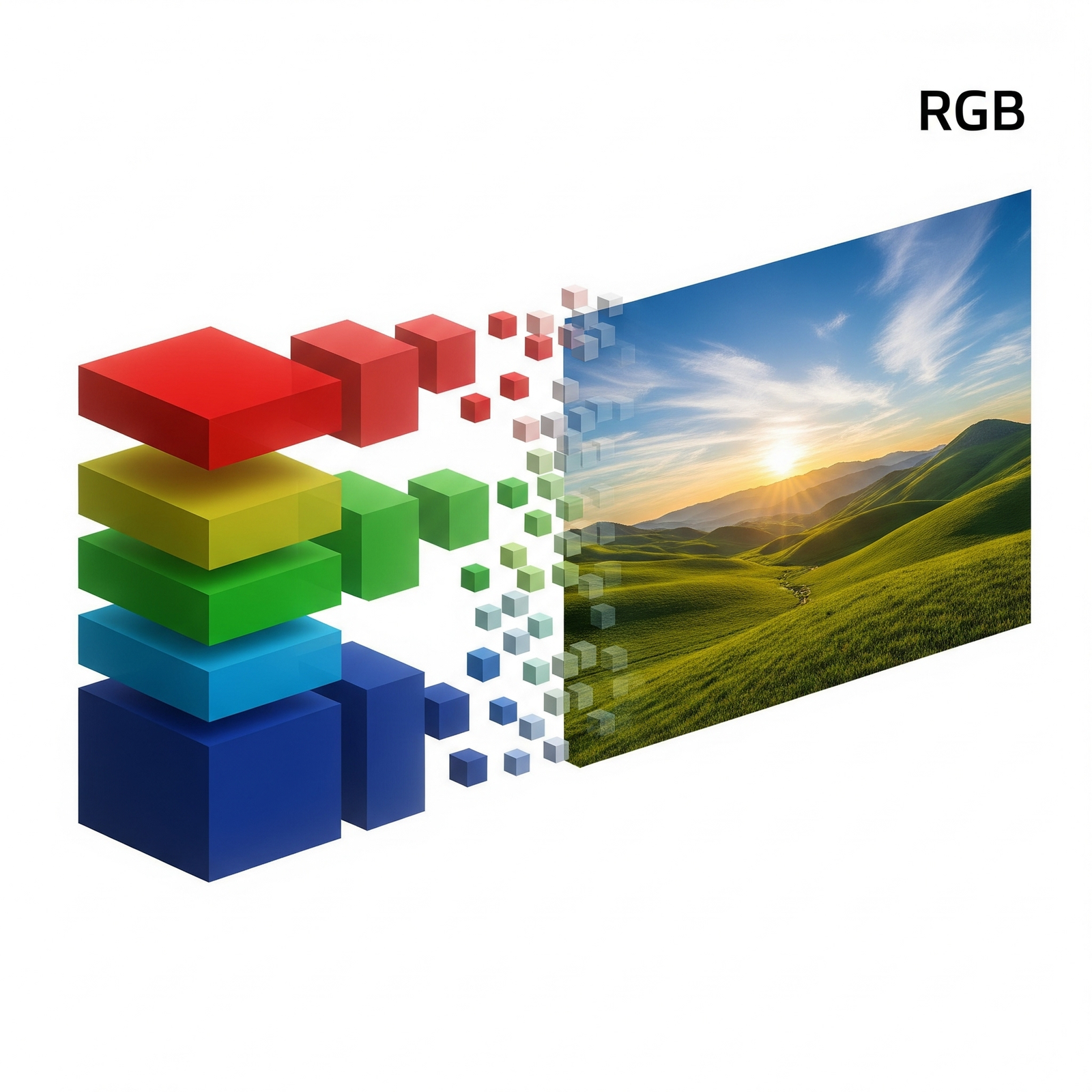Understanding Digital Images: From Pixels to Vector Art
In our increasingly visual world, digital images are everywhere. From the photos on your smartphone to the intricate logos of your favorite brands, they shape how we perceive and interact with information. But what exactly are digital images, and what makes them tick? Let’s dive into the basics of computer graphics, explore the fundamental difference between image types, and demystify common file formats.
The Basics of Computer Graphics
At its core, computer graphics is about creating and manipulating visual content using computers. When you see an image on a screen, it’s often a result of complex calculations that tell each tiny dot (pixel) what color and intensity to display. This field encompasses everything from simple photo editing to generating breathtaking special effects in movies and designing intricate architectural blueprints. It’s the engine behind all the visual experiences we have on our digital devices.
Raster Versus Vector Graphics: A Fundamental Divide
When we talk about digital images, the first crucial distinction is between raster and vector graphics.
- Raster Graphics (Bitmap Images): These are the images you’re most familiar with – like photographs. They are made up of a grid of tiny colored squares called pixels. Each pixel has a specific color, and when viewed together, they form a complete image.
- Pros: Excellent for rich detail, subtle color gradients, and photographic realism.
- Cons: They are resolution-dependent. If you try to scale a raster image up too much, the individual pixels become visible, leading to a “pixelated” or blurry appearance.
- Common Uses: Photos, web graphics with complex textures, digital paintings.
- Vector Graphics: Unlike raster images, vector graphics are not made of pixels. Instead, they are composed of mathematical paths, points, lines, curves, and shapes. The computer remembers the instructions for drawing these shapes (e.g., “draw a circle with a radius of 5 units at point X,Y and fill it red”).
- Pros: Infinitely scalable! You can resize a vector image to any dimension without losing quality or becoming pixelated. Files are often smaller.
- Cons: Not suitable for capturing photographic realism; better for clean lines and solid colors.
- Common Uses: Logos, illustrations, icons, fonts, blueprints, and designs that need to be scaled to various sizes (from a business card to a billboard).
Decoding Graphics File Formats
Understanding different file formats helps you choose the right one for your needs:
- GIF (Graphics Interchange Format): Supports animation and transparency, but limited to 256 colors. Best for simple web animations or small, low-color graphics.
- JPG/JPEG (Joint Photographic Experts Group): The most common format for digital photos. Uses “lossy” compression, meaning some data is discarded to achieve smaller file sizes. Great for web photos but not ideal for images with sharp lines or text, as compression artifacts can appear.
- PNG (Portable Network Graphics): Supports transparency (including partial opacity) and “lossless” compression (no data is lost). Excellent for web graphics, logos, and images where sharp lines and transparent backgrounds are crucial.
- PSD (Photoshop Document): Adobe Photoshop’s native format. It’s a layered, editable file, ideal for ongoing design work. Too large for web use.
- RAW: Unprocessed image data directly from a camera’s sensor. Contains the maximum amount of detail and dynamic range, offering incredible flexibility for post-processing, but files are very large and require specialized software to view and edit.
- TIFF (Tagged Image File Format): A high-quality, lossless format often used in print, publishing, and professional photography. Can handle multiple layers. Files are generally very large.
- SVG (Scalable Vector Graphics): An XML-based vector image format for two-dimensional graphics. Perfect for web icons, logos, and illustrations because they scale without losing quality and can be manipulated with CSS and JavaScript.
